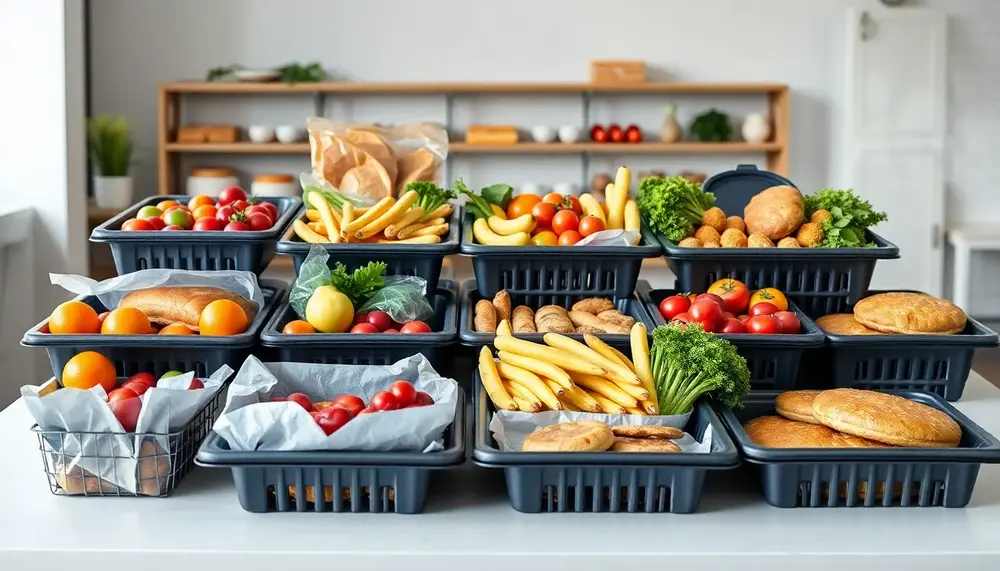Vacuum sealing
Vacuum sealing
Vacuum Sealing
Vacuum sealing is a packaging method that removes air from the package before sealing it. This process involves placing items in a plastic film package, removing air from inside, and sealing the package.
How Does Vacuum Sealing Work?
The vacuum sealing process uses a vacuum sealer machine. The machine sucks out the air from the package and then seals it tightly. This creates a vacuum inside the package, which helps preserve the contents.
Benefits of Vacuum Sealing
Vacuum sealing offers several benefits:
- Extended Shelf Life: Removing air slows down the growth of bacteria and mold.
- Space Saving: Vacuum-sealed packages take up less space in storage.
- Freshness: It keeps food fresh for longer periods.
Applications of Vacuum Sealing
Vacuum sealing is used in various industries:
- Food Industry: To preserve meat, cheese, and other perishables.
- Medical Field: To keep medical supplies sterile.
- Electronics: To protect sensitive components from moisture.
Conclusion
In summary, vacuum sealing is a highly effective packaging method. It extends shelf life, saves space, and maintains freshness. This makes it a valuable tool in many industries.
Blog Posts with the term: Vacuum sealing
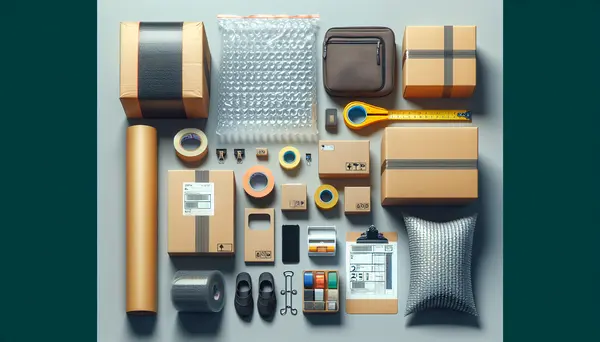
Zip packaging, also known as zip-lock or resealable packaging, is a versatile and functional form of product packing that maintains the freshness and quality of products. It plays a crucial role in ensuring product safety across various industries by preventing...
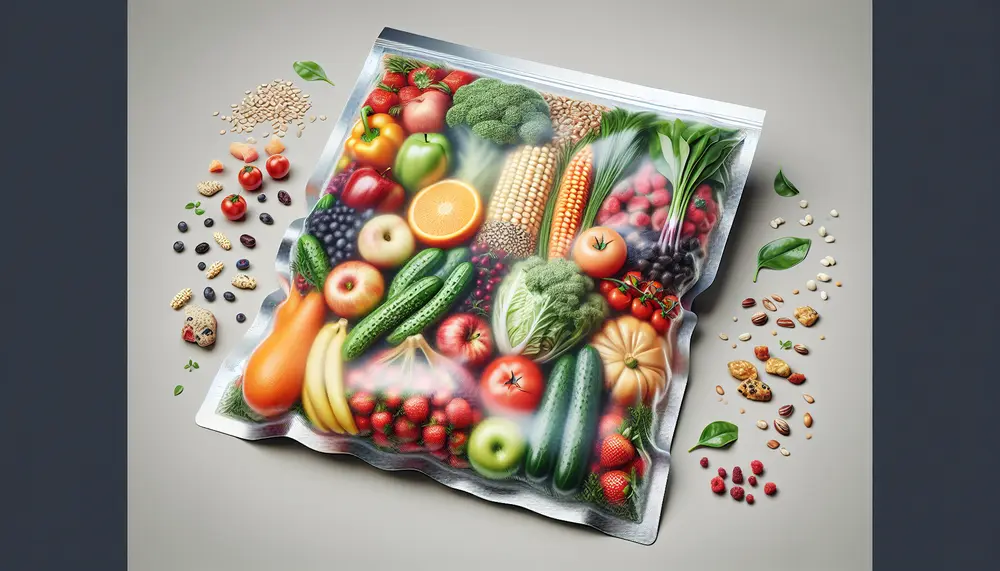
Vacuum packaging extends food shelf life by removing air to prevent microbial growth, oxidation, and moisture changes. It's versatile for various products and involves specialized machinery that creates a low-oxygen environment to protect against spoilage....
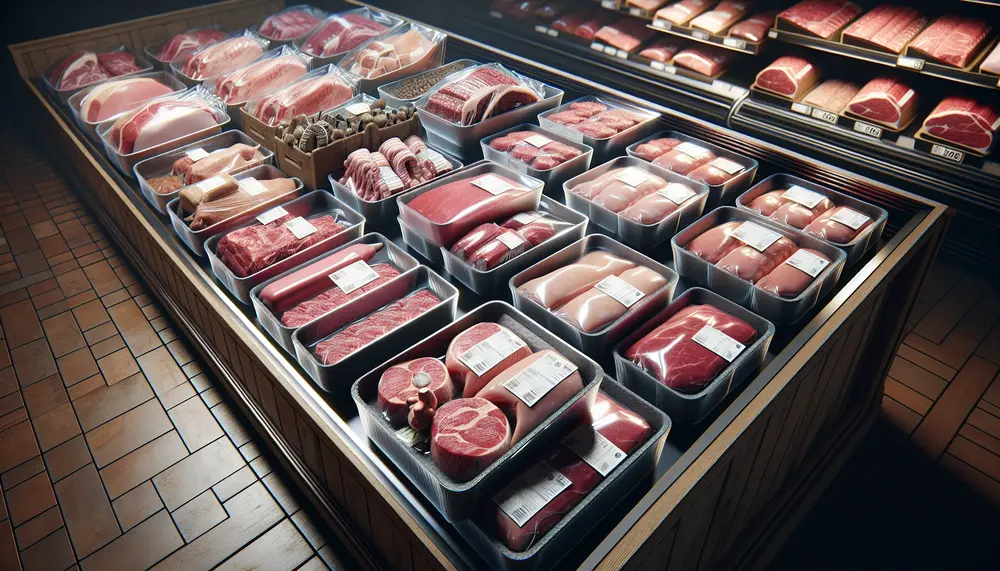
Innovative packaging for butchers is essential for maintaining meat quality, enhancing visual appeal, and ensuring safety. Different materials like butcher paper, trays, vacuum bags, cling wrap, label rolls, and freezer paper cater to various needs in the industry....
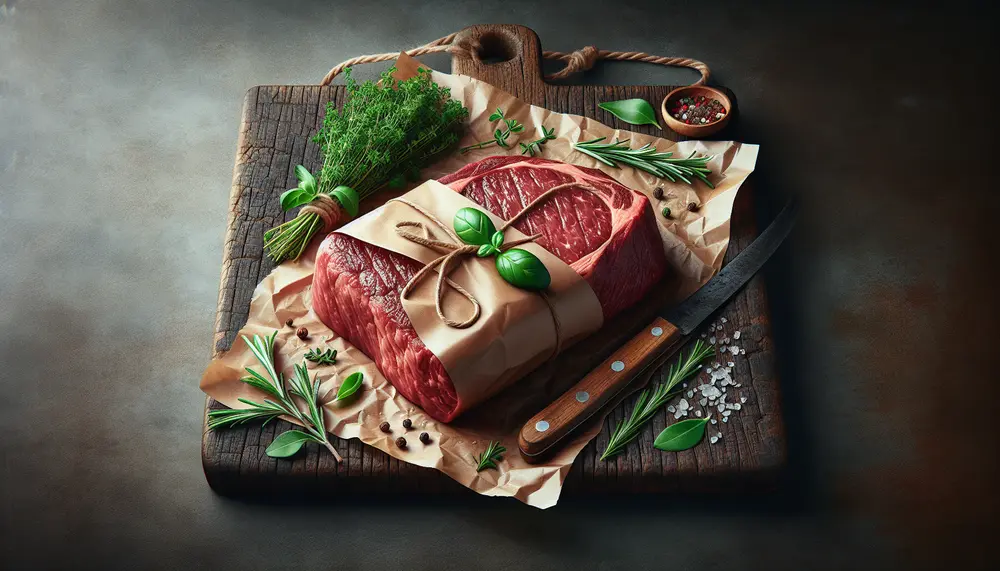
Steak paper is essential for meat preservation, protecting against air and moisture to maintain quality and extend shelf life. It's customizable in size, weight, color, and can be directly labeled for retail efficiency while aligning with sustainability trends....
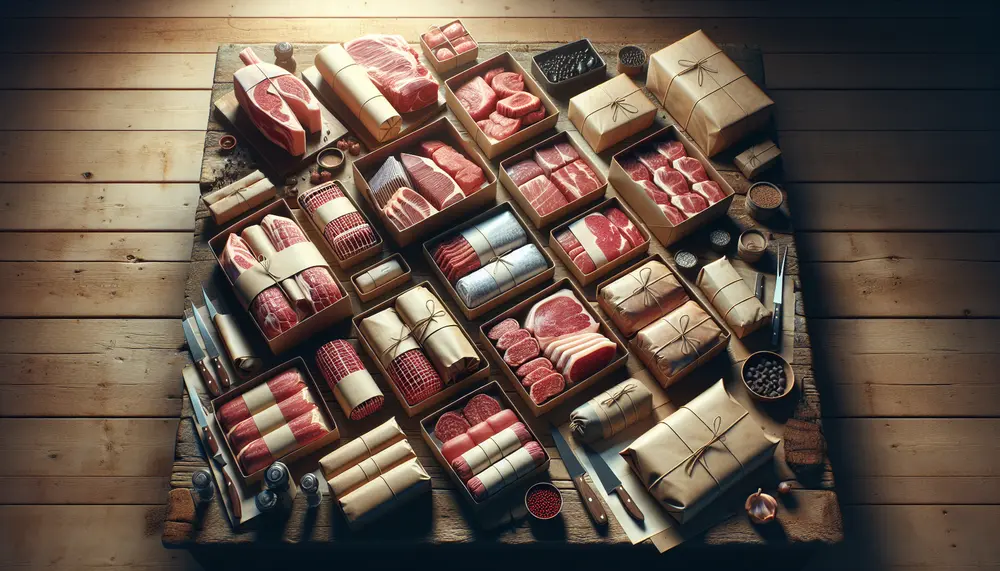
Butcher packaging essentials are vital for meat preservation, presentation, and customer trust; they involve selecting suitable materials, proper labeling, and adhering to regulatory standards. Butcher paper and twine play traditional roles in preserving meat quality while enhancing its market appeal....
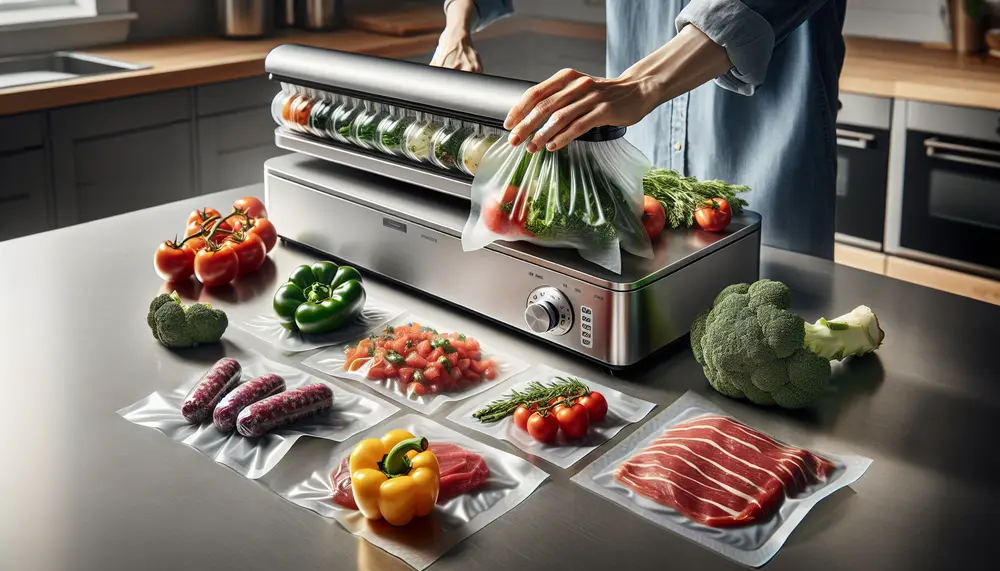
Vacuum sealers extend food shelf life, prevent freezer burn, maintain quality and flavor, aid in portion control and meal planning, reduce waste, and save storage space. However, they come with initial costs for the machine and bags which can be...
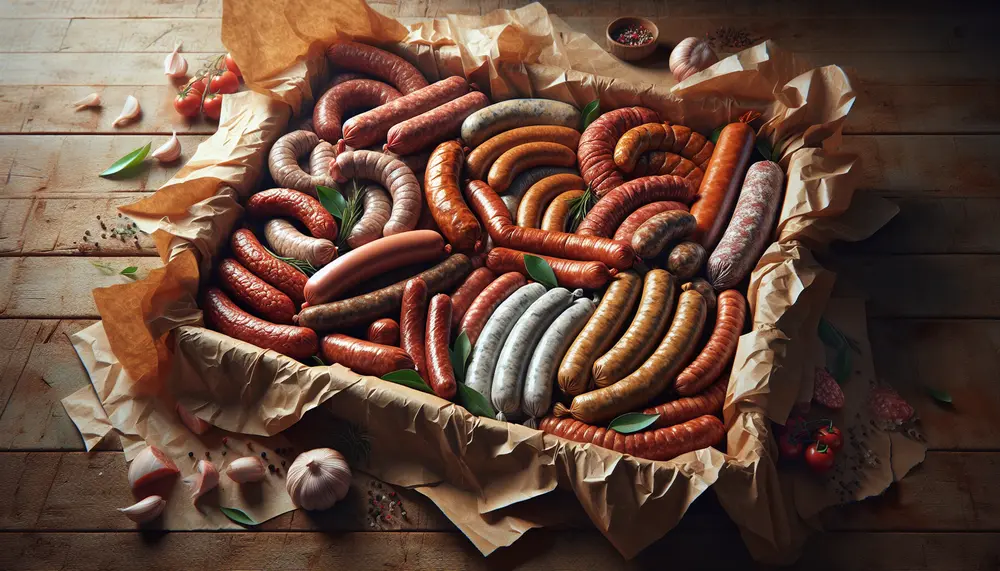
Sausage paper is essential in the meat industry for protecting sausage quality by preventing contamination and spoilage, aiding in shaping during processing, and enhancing retail presentation. Different types of sausage paper cater to various packaging needs and can impact product...
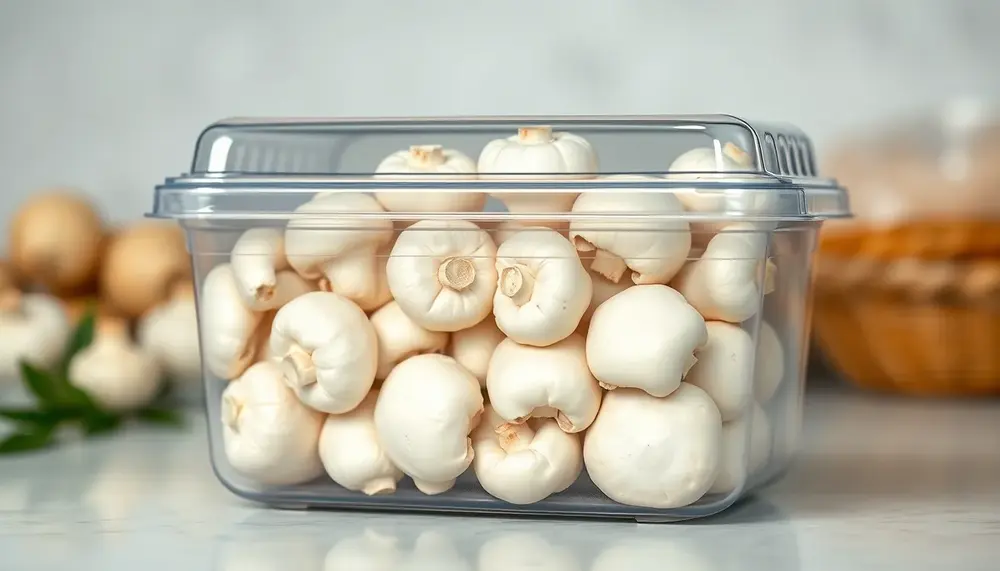
Maintaining mushroom freshness during packaging is complex, requiring careful control of respiration, moisture, microbial risks, and environmental gases. Success depends on precise harvest timing, gentle handling, optimal humidity and temperature conditions, strict hygiene practices, and selecting tailored packaging materials to...

